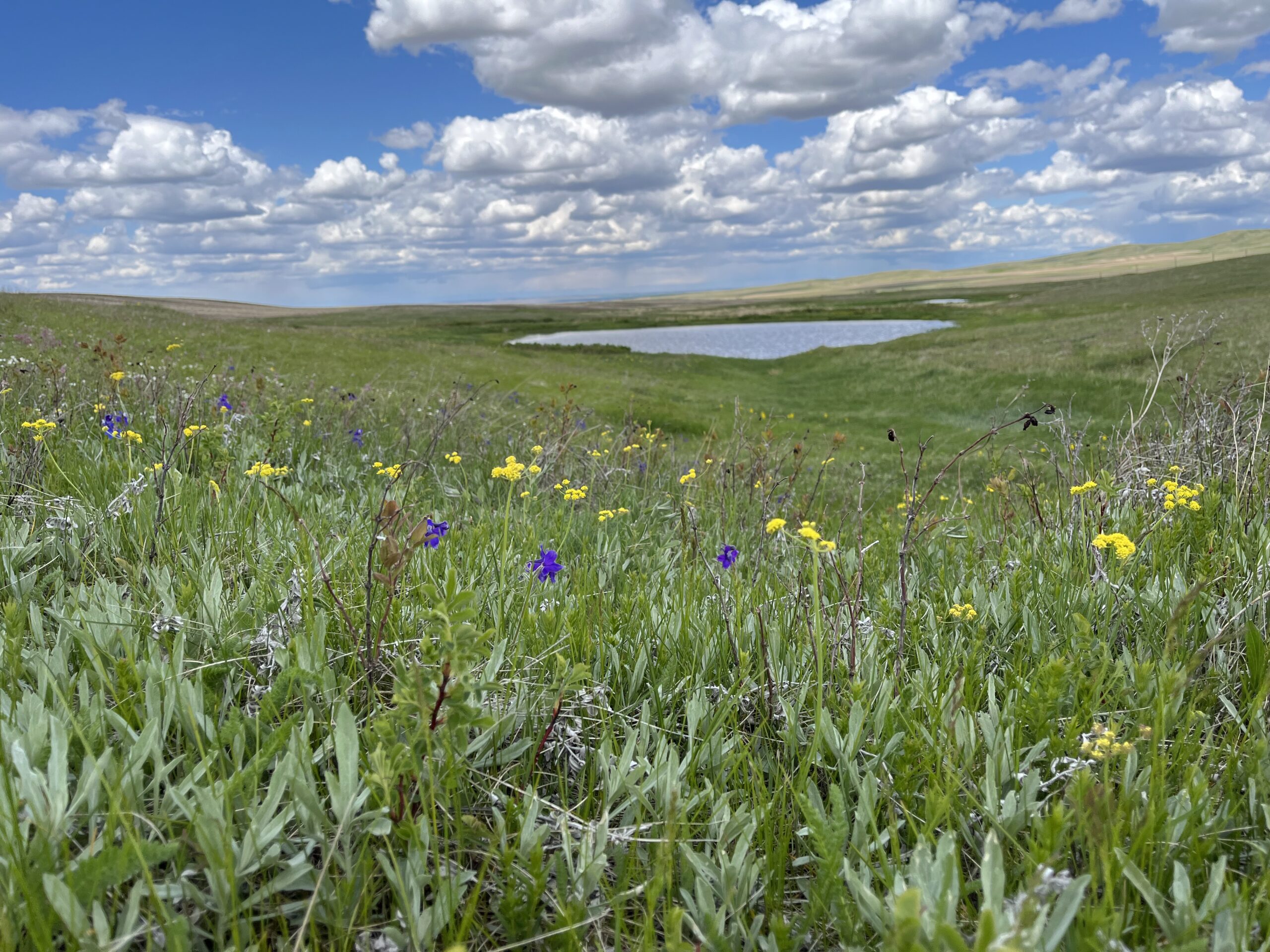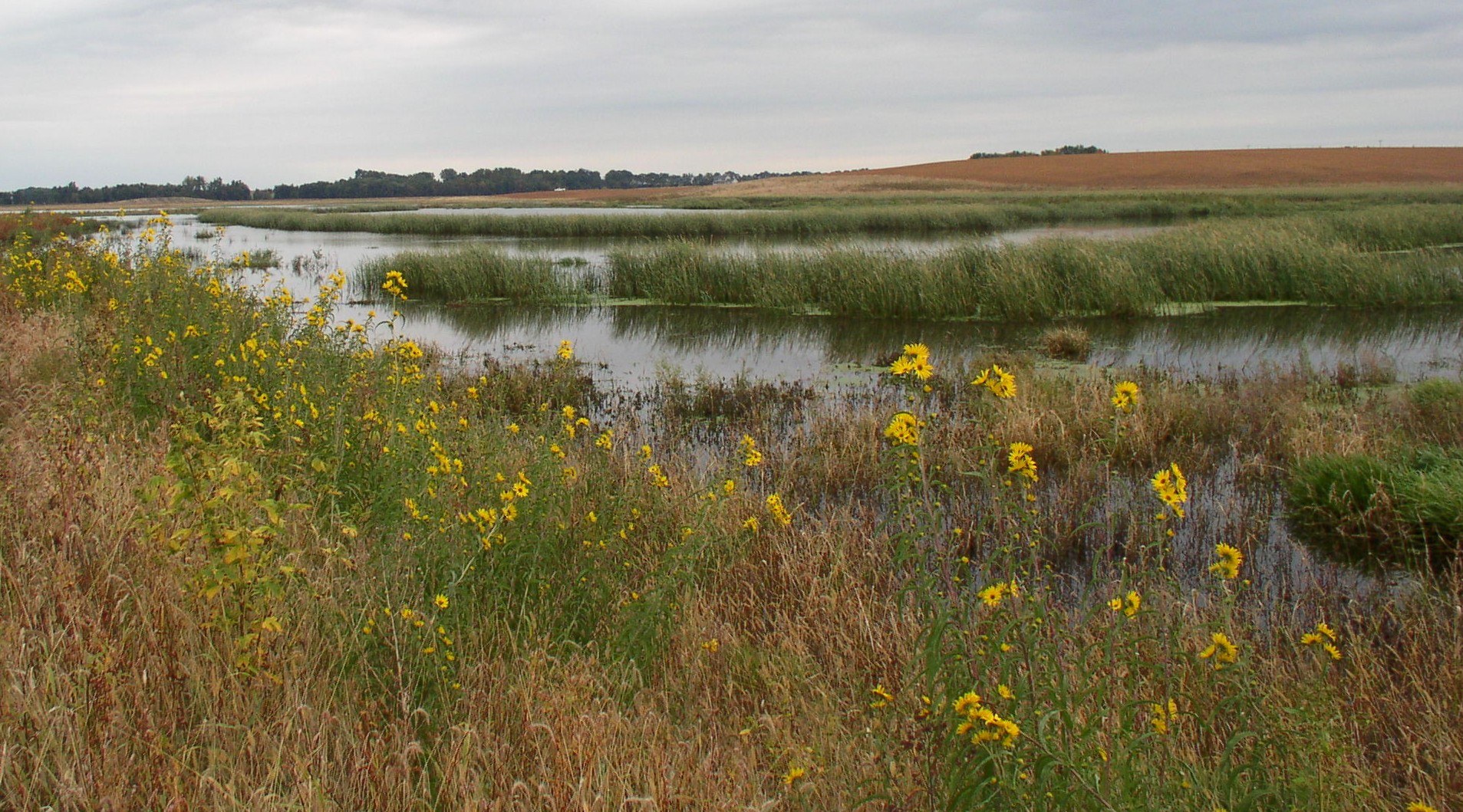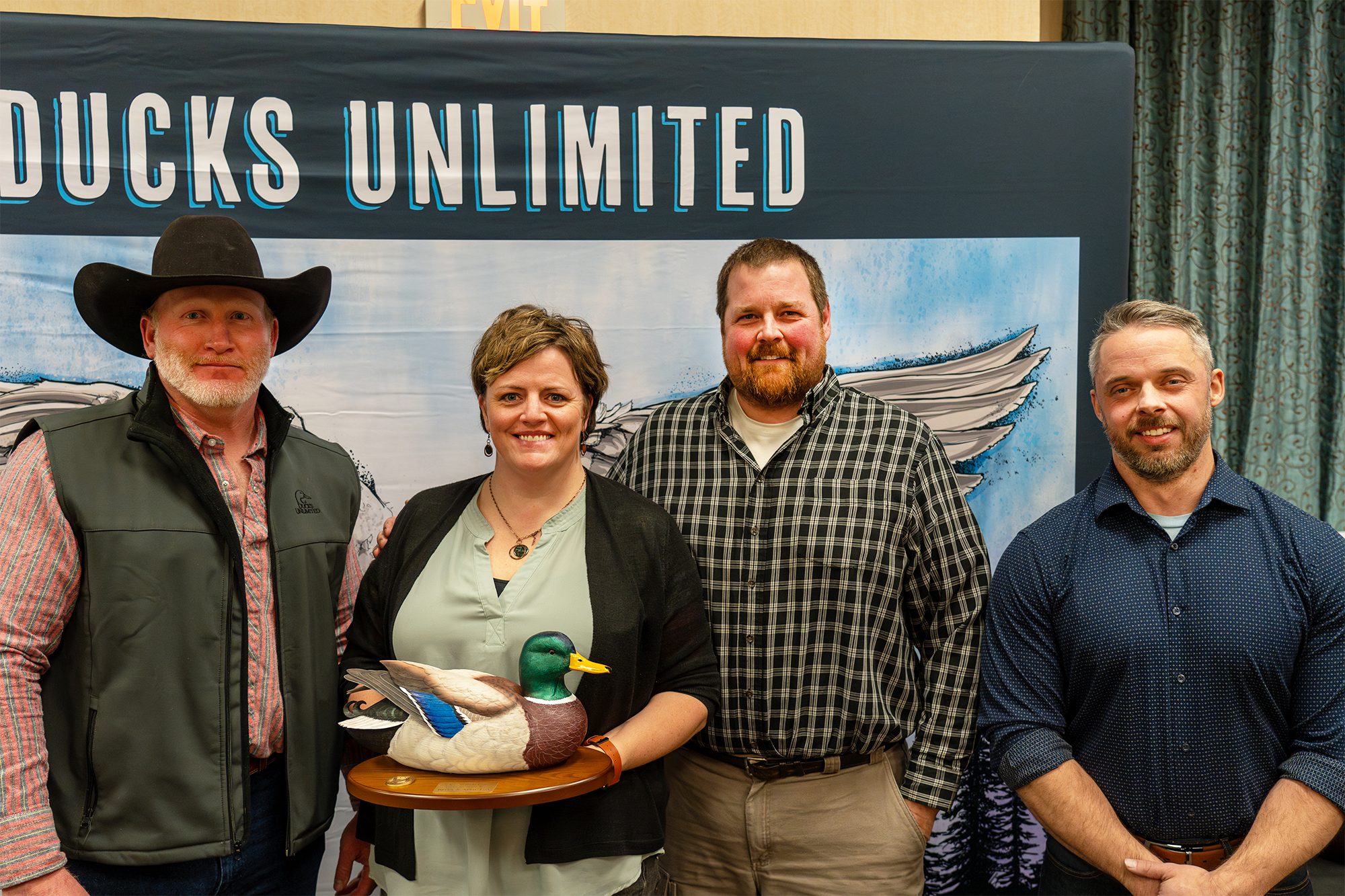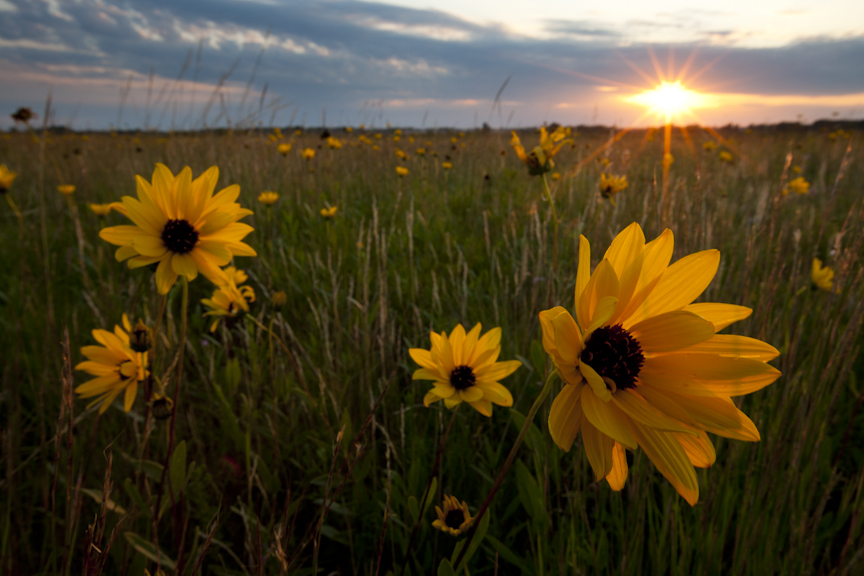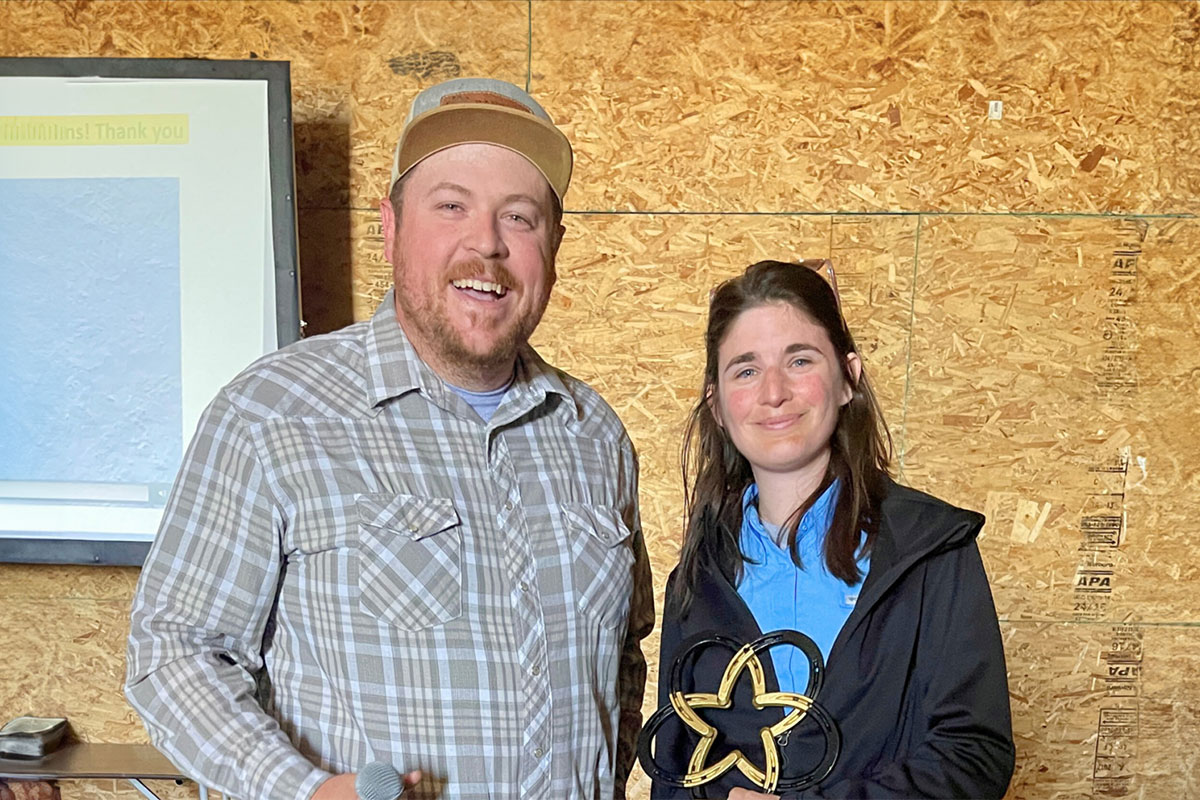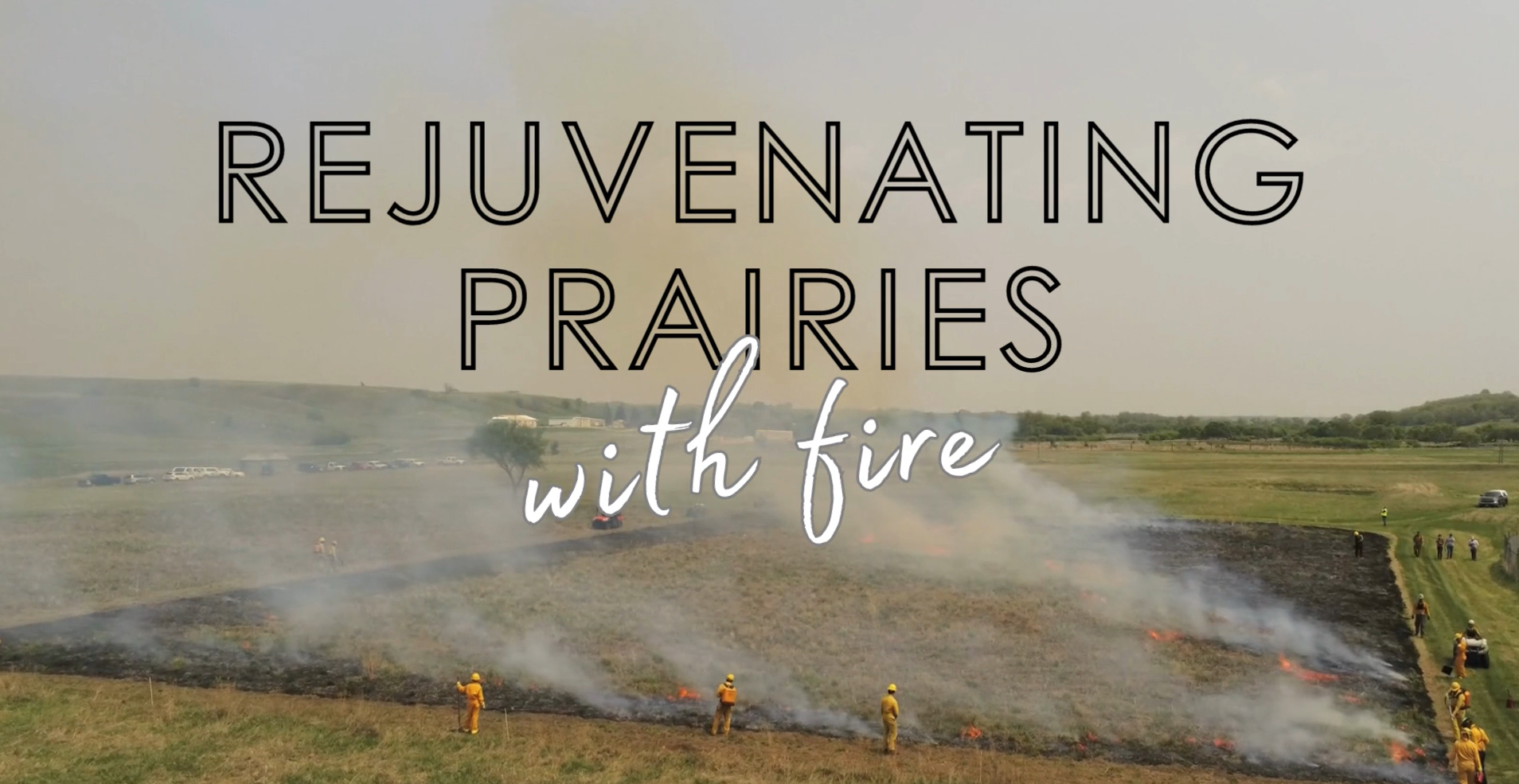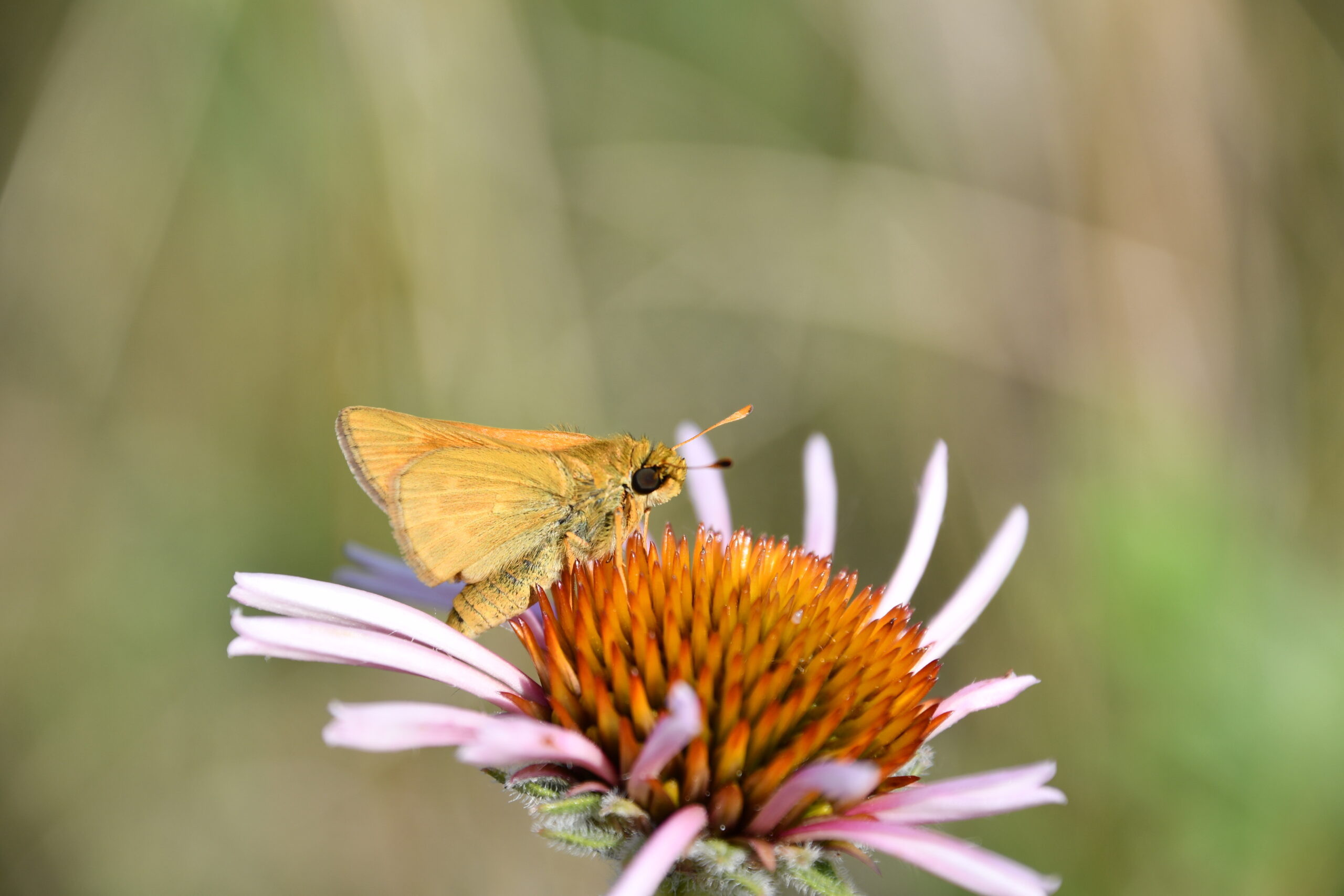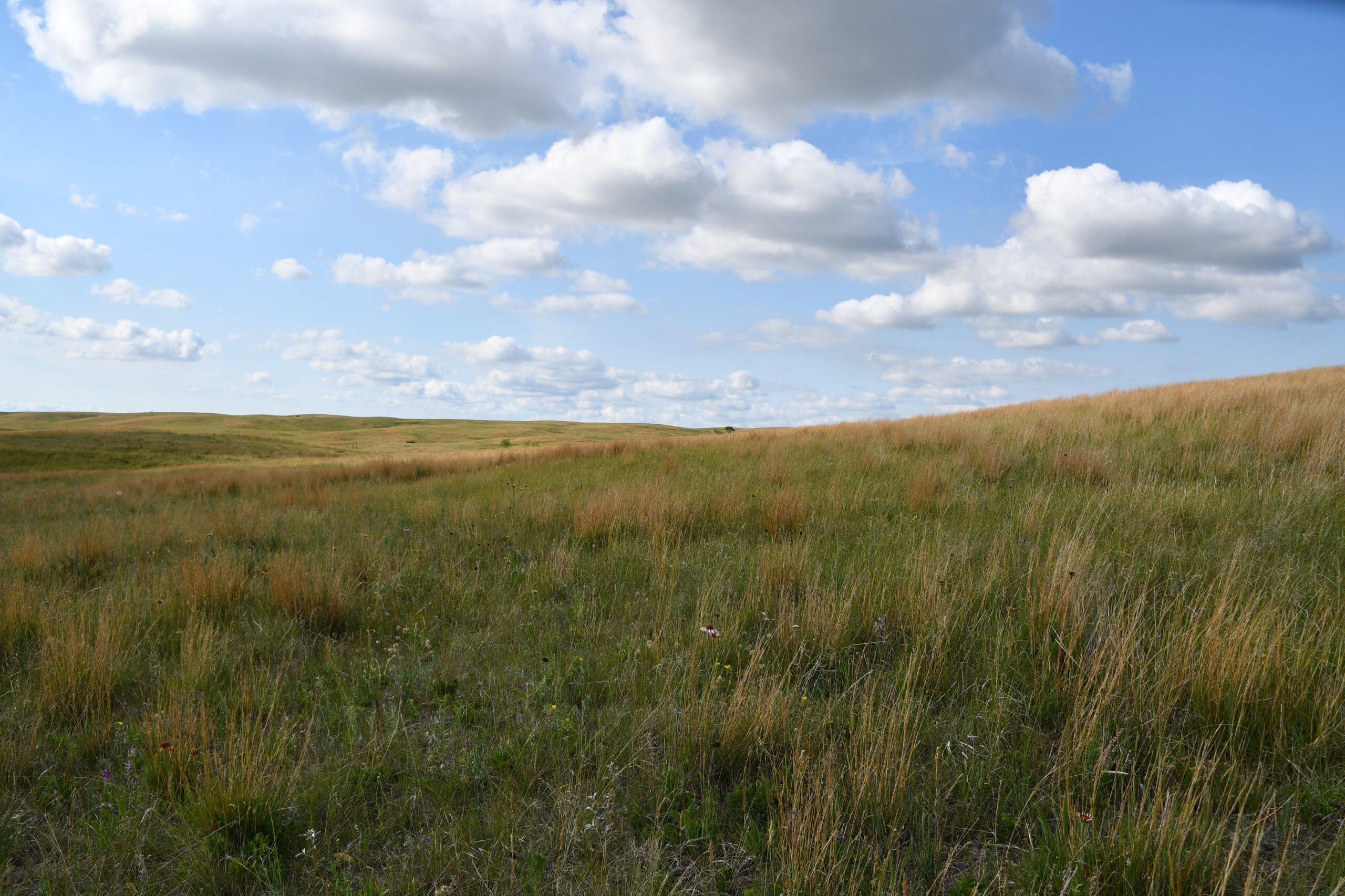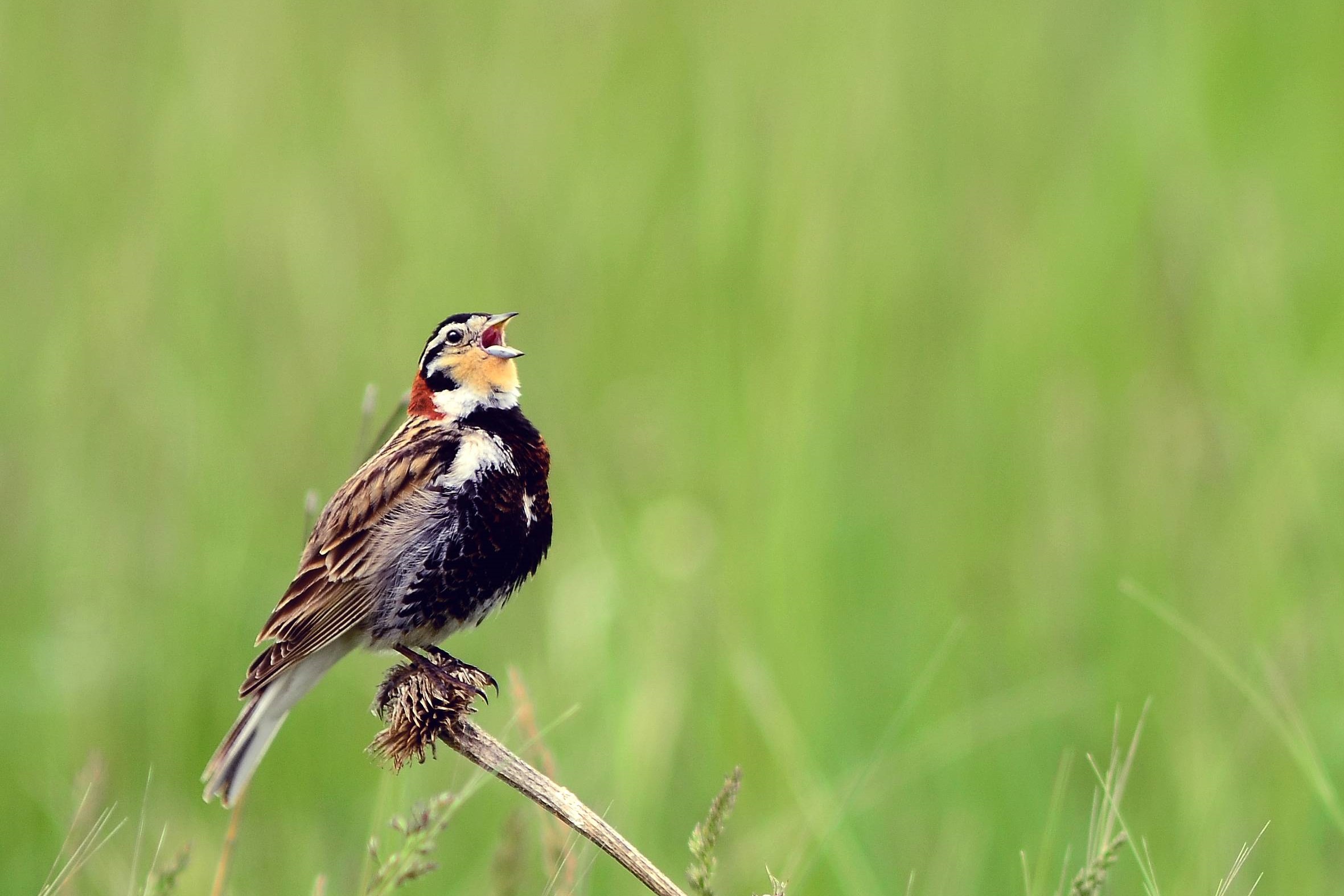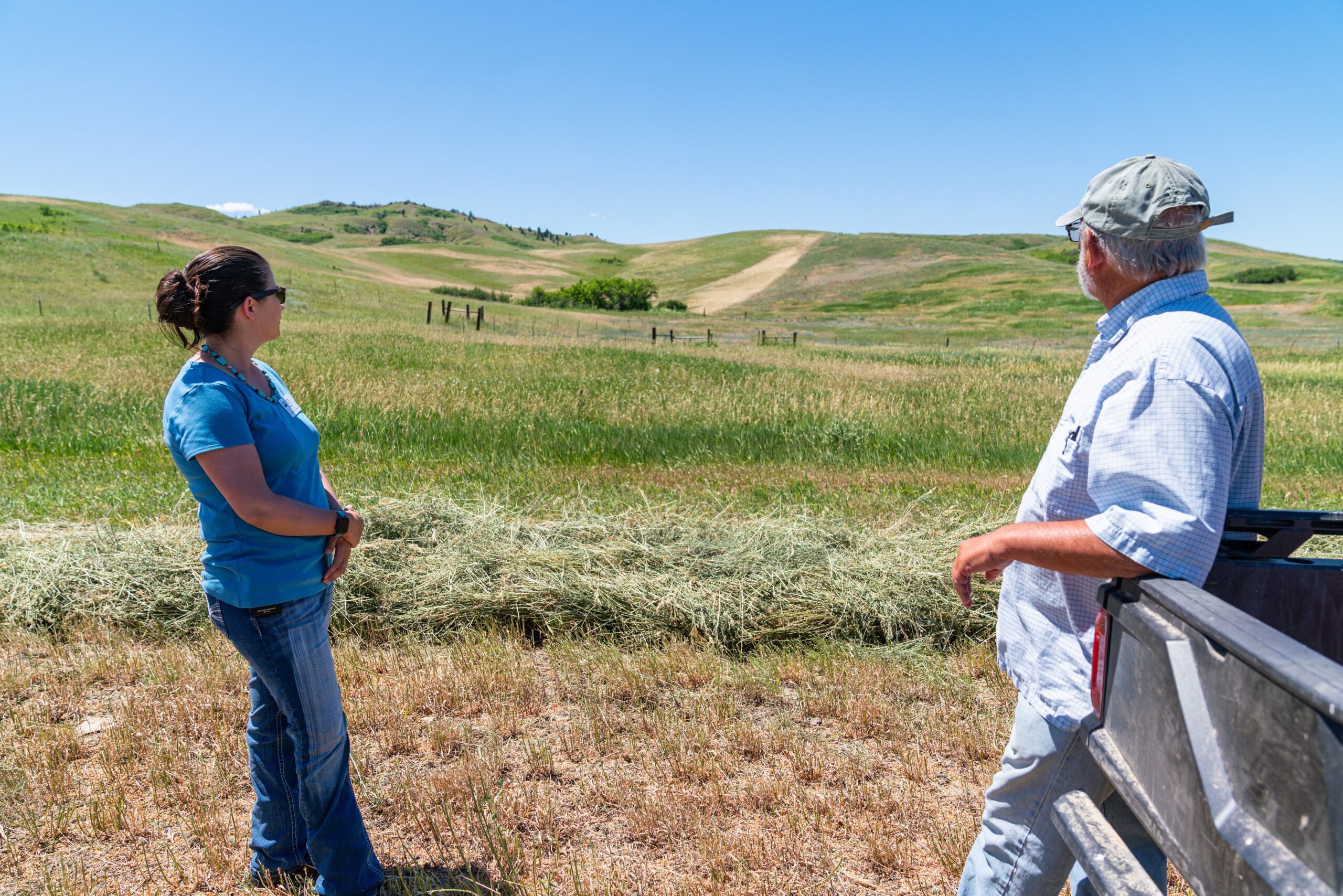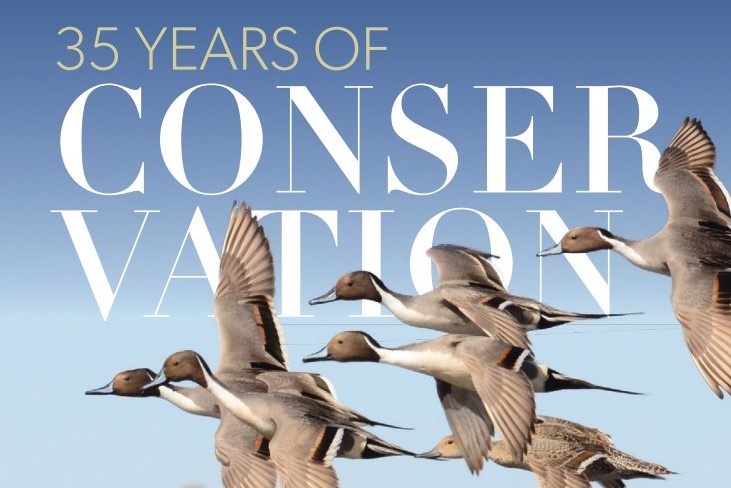Four Square Mile Survey
The Four-Square Mile Breeding Waterfowl Survey (FSMS) is a targeted, long-term monitoring initiative established by scientists from the USGS Northern Prairie Wildlife Research Center to assess the contribution of National Wildlife Refuge System land in the U.S. Prairie Pothole Region (US-PPR). Initiated in 1987 and managed by the U.S. Fish and Wildlife Service’s (USFWS) Habitat … Read more

